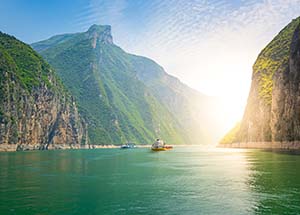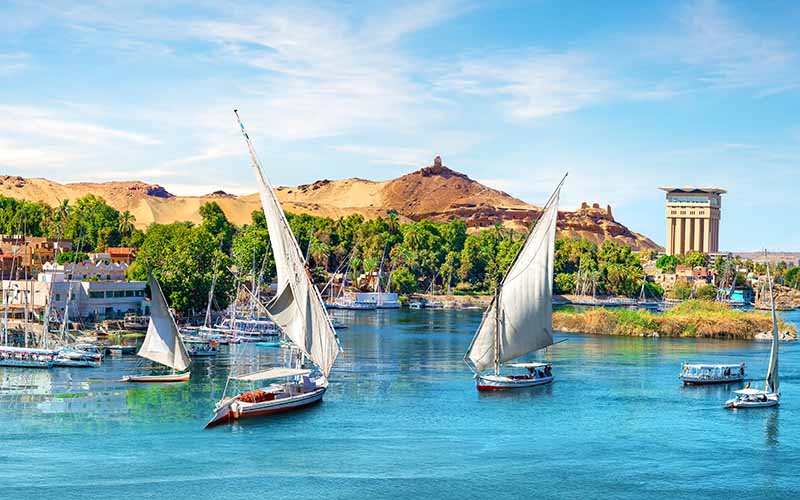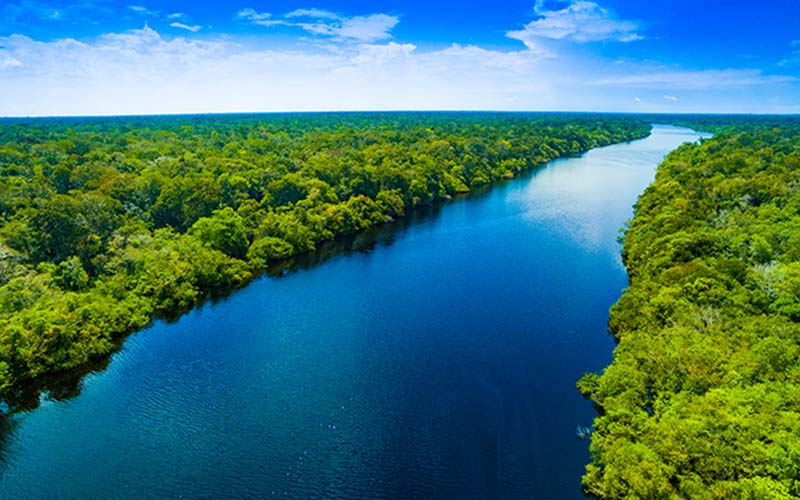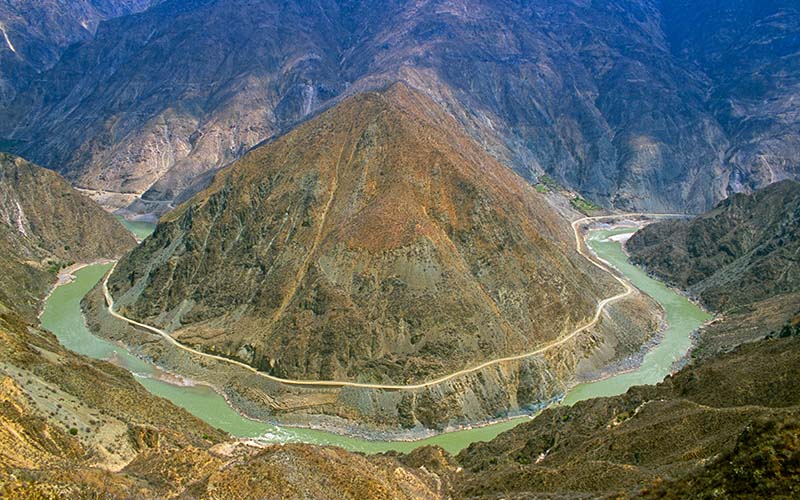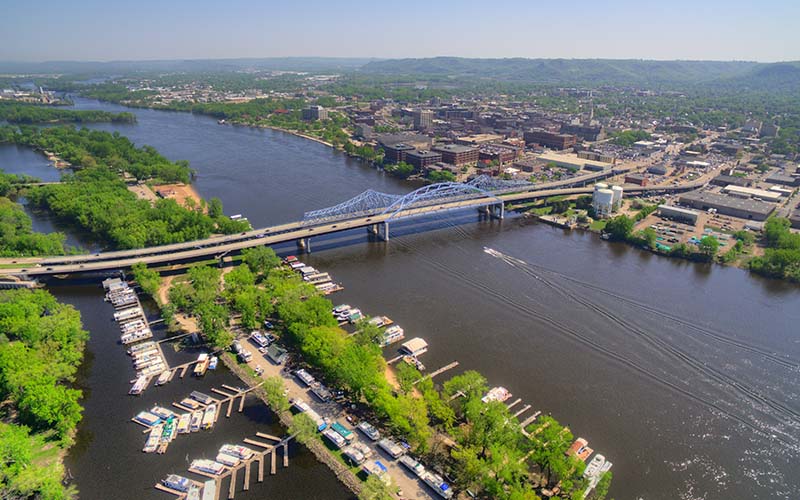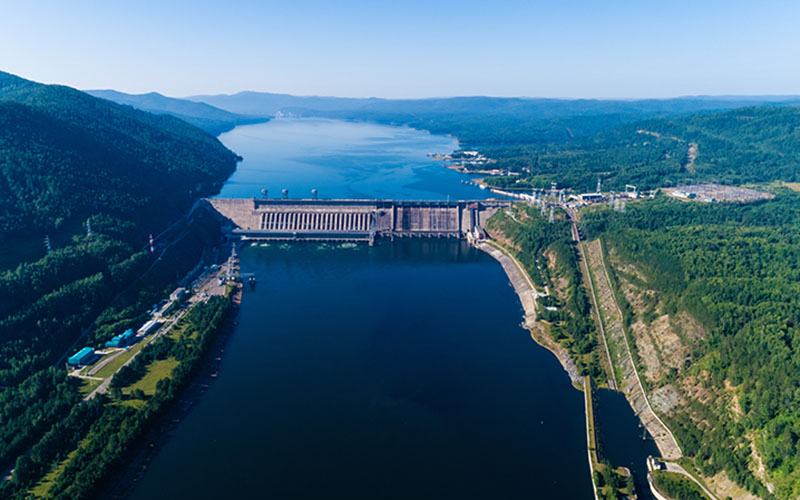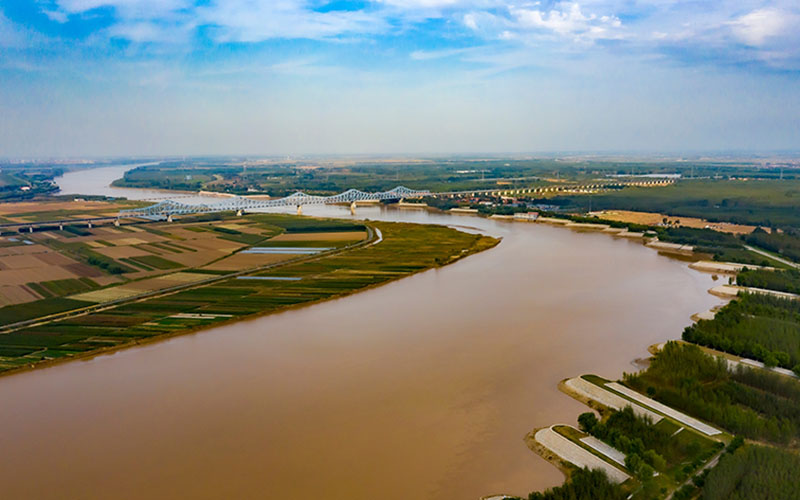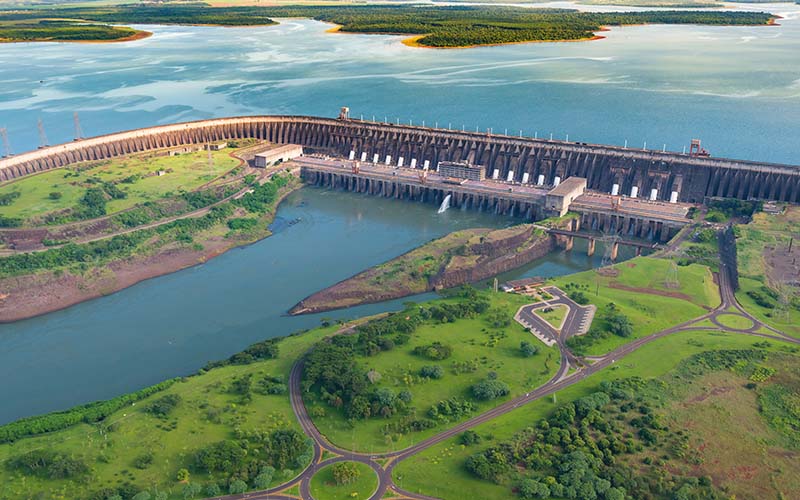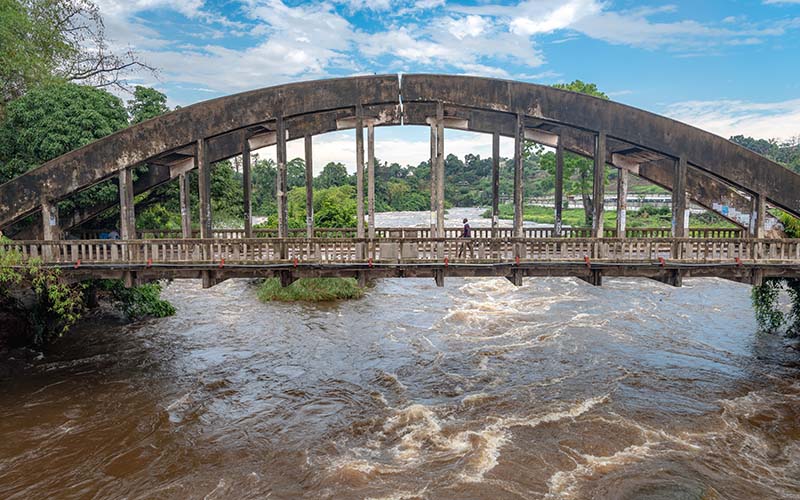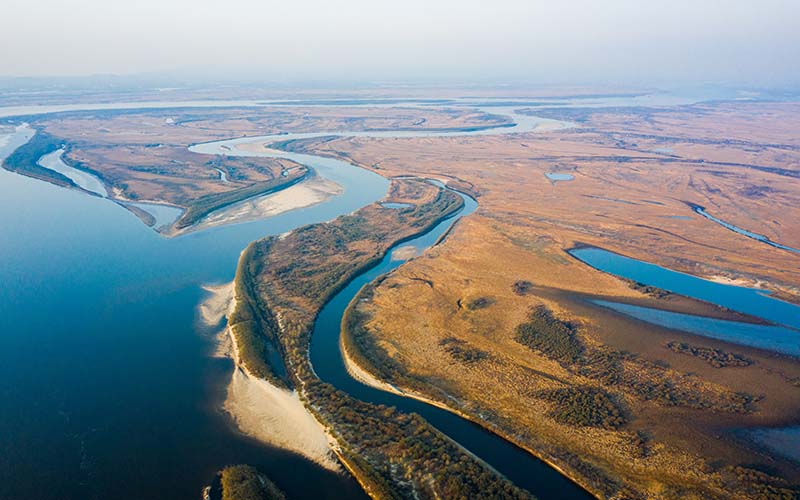All living things get their existence from rivers since they are easily surrounded by food, animals, and plants. Most river sides serve as areas for human habitation. Rivers play a significant role in energy, recreation, and transportation. They are one of the major biggest geographical elements that contributed to developing some of the world’s greatest civilizations, with all natural resources required to survive and thrive. Besides boasting the world’s richest ecosystems, rivers also provide breathtaking sights and lush surroundings that enthrall us. The length of the river or its drainage basin determines which rivers are the biggest in the world. In this post, we will highlight the top 10 longest rivers in the world.
World’s Top 10 Longest Rivers
Nile River
Along with being the longest river in the world, the Nile River is also one of the most significant. Africa’s longest river, the mighty Nile, winds its way from Burundi towards the Mediterranean Sea across a colossal 6,650 kilometers (4,132 miles). Ethiopia, Uganda, Sudan, Kenya, Tanzania, Rwanda, Burundi, the Democratic Republic of the Congo, Eritrea, South Sudan, and Egypt are among the 11 nations in northeastern Africa through which it passes. With its main source close to Jinja, Uganda, it is regarded as the longest river in the world. Ancient civilizations like Sudan and Egypt developed significantly as a result of the river. Millions of people depend on the Nile as a vital source of water for cultivation and transportation, but dam development, pollution, and climate change have put it in danger. The future use of this important river may be greatly damaged if these concerns are not quickly eliminated.
Amazon River
The largest river by volume and the second-longest river is the Amazon River. It is in South America and largely flows through Brazil; however, it also traverses Bolivia, Colombia, Ecuador, and Peru. It is one of the most significant rivers on earth, with a length of 6,400 km (3,976 miles), thanks to its extensive network of tributaries that sustain a wide variety of plant and animal life along with providing drinking water for millions of people that reside along its banks. Unfortunately, this important ecosystem has been harmed by deforestation as well as pollution from metropolitan areas.
Yangtze River
This is the third-longest river in the world and the longest in Asia. From Qinghai Province to Shanghai, it travels 6,300 kilometers (3,917 miles) through China. Cities like Chongqing, Nanjing, and Wuhan are traversed by it. One of the most significant waterways in East Asia, the Yangtze River supplies irrigation and drinking water to millions of people living along its banks. Apart from this, the mighty river has fed a distinctive array of fish and aquatic animals for more than two million years. Due to its early use as a trading route connecting various parts of ancient China, the Yangtze River also has a significant place in Chinese history and culture.
Mississippi-Missouri River System
The fourth-longest river in the world is part of the Mississippi-Missouri River System. It is in North America and flows 6,275 km from Lake Itasca in Minnesota, where it originates, to the Gulf of Mexico. Since ancient times, this powerful canal has been a crucial lifeline for the inhabitants of the area, and it now offers important navigational channels for contemporary trade and business. The Ohio River and its many smaller branches, which finally come together around St. Louis, Missouri, before emptying into the Gulf of Mexico, are among the principal tributaries of the Mississippi-Missouri River system.
Yenisei Angara Selenge River
The fifth-longest river in the world is part of the Yenisei-Angara-Selenge River System. It originates near the Mongolian-Russian border and flows 5,539 kilometers (3,445 miles) through Central and East Asia until ending up in the Arctic Ocean. Through its numerous tributaries, which include the Angara, Tuba, Selenge, and other minor rivers, this waterway connects Russia and Mongolia and serves as a crucial transit route between the two countries. The Yenisei-Angara-Selenge River has played a significant role in Russian history, and it continues to do so in contemporary trade and business.
Yellow River
The Yellow River is the second longest river in Asia and the sixth-longest river on the entire planet. It originates in the Bayan Har Mountains in China and travels 5,464 kilometers (3,395 miles) before arriving at the Bohai Sea. The Yellow River serves millions of people who live along its borders with irrigation for agriculture, drinking water, commodity transit, and other critical services. Despite its critical significance, the river has recently experienced serious pollution due to the massive industrialization that has occurred along its route.
Ob-Irtysh River
The seventh-longest river in the world is part of the Ob-Irtysh River System. It originates in the Altai Mountains and travels 5,410 kilometers (3,364 miles) through Central and East Asia before ending in the Arctic Ocean. Today, the Ob-Irtysh River system plays a significant economic role in exchanging products and energy resources between nations like Kazakhstan and Russia.
Parana-Paraguay River
The world’s eighth-longest river is part of the Parana-Paraguay River System. It originates in Rio Grande do Sul and travels 4,880 kilometers (3,032 miles) through South America until ending at the Atlantic Ocean. Through the movement of products and resources between various regions in Brazil and Paraguay, this river also plays a critical role in fostering local trade.
Congo Chambeshi River
The Congo River is the deepest river in the world and the ninth-longest river in the world. It originates in the hills of Rwanda and Burundi and travels 4,700 kilometers (2,922 miles) through Central Africa before ending at the Atlantic Ocean. The Democratic Republic of the Congo and Angola may readily interchange commodities and resources because of the important transportation link provided by this river.
Amur Argun River
This is the largest river in East Asia and ranks tenth on the globe in terms of length. It originates in the Mongolian highlands and flows through Russia and China for a total distance of 4,444 km before arriving in the Gulf of Tartary. Both nations rely on the Amur River as a significant freshwater source for drinking water and the irrigation of local farms. Through its several tributaries, including the Ussuri, Songhua, and Zeya Rivers, this significant river also connects Russia and China, acting as a crucial transportation route.
Final Analysis
Just as the immense popularity of some of the world’s top cruise destinations and natural swimming pools, the above ten longest rivers have also pulled a chord in the hearts of tourists and visitors for good reasons. Throughout history, these rivers have significantly influenced the development of several cultures and civilizations. Their value is apparent, from supplying necessary services like transportation and drinking water to assisting regional agriculture through irrigation. Despite this, many of these rivers are threatened by the fast industrialization that is causing an increase in pollution, which affects both local residents and ecosystems. Therefore, governments all across the world must take action to save these crucial rivers from further harm and maintain them for future generations.
FAQs
1. Name some longest rivers in the world.
- Nile River
- Amazon River
- Yangtze River
- Mississippi Missouri River
- Yenisei Angara Selenge River
2. Name the longest river in the world.
The longest river in the world is the Nile River.
3. Name the deepest river in the world.
The Congo-Chambeshi River is the deepest river in the world.
4. What is the significance of the Yellow River?
Due to the color of its water, caused by a significant amount of loose silt, it is called the Yellow River.
5. Name the most substantial river in the world.
The Amazon River is the most substantial river in the world.
